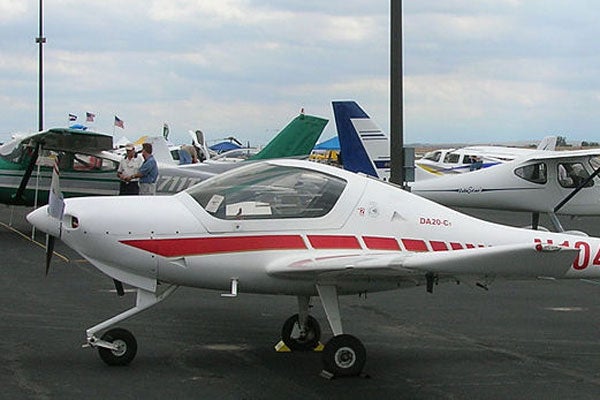
DA20-C1 is a utility and trainer aircraft designed and manufactured by Diamond Aircraft Industries, for military and civilian flight training. Development of the DA20-C1 started in 1998.
The DA20-C1 aircraft have been in service with the US Air Force since 2002 to train the Air Education Training Command cadets.
Diamond Aircraft received a contract from the Ecuador Air Force (EAF) for the delivery of 12 DA20-C1 aircraft and spare parts, in November 2011. The contract also requires the company to provide on-site support, and flight instructor and maintenance training. The EAF received six of the 12 aircraft in March 2012. The aircraft were deployed to train rookie pilots at Cosme Rennella training academy at Salinas Air Base in Salinas, Ecuador.
DA20-C1 design and features
The DA20-C1 is a new version of the DA20 utility and trainer aircraft and is developed based on the HK36 Super Dimona aircraft. The new version features a damage-tolerant airframe design made of composite construction. It is capable of operating in challenging high density altitude conditions, and requires lesser acquisition and operating costs.
The EMB-312 Tucano is a tandem-seat, single-turboprop basic trainer developed by Embraer for the Brazilian Air Force (FAB).
The FAR Part 23-certified aircraft has a length of 7.16m, height of 2.18m and wing span of 10.87m, while the wing area is 11.61m². The aircraft has an empty weight of 528kg and a maximum take-off weight of 800kg, and can carry a payload of 272kg.
The spacious cockpit provides luxurious bucket seating for two pilots. The seats feature 26 G rated safety cell design, four-point safety harnesses and adjustable rudder pedals to offer comfortable operating conditions for pilots. The canopy provides wrap around view for navigation.
The easy to maintain aircraft is equipped with low-mounted wings, centre sticks, tricycle spring landing gears, a castering nosewheel and a T-tail. The elastomeric-shock nose and main landing gears can be optionally fitted with aerodynamic wheel fairings.
The utility and trainer aircraft is fitted with a generous baggage area at the rear to accommodate charts, fuel testers, flash lights and aircraft manuals, while additional baggage can also be carried.
Other equipment fitted to the aircraft include push-to-start ignition key system, an external power unit, engine pre-heater system, and heated pilot.
Avionics aboard DA20-C1
The DA20-C1 utility and trainer aircraft is provided with two glass cockpit options – Aspen EFD 1000 and Garmin G500. The aircraft can also be fitted with conventional flight instrumentation.
A GNS 430 GPS/COM/NAV with glide slope is fitted to provide communication and navigation. A STEC 30 autopilot with altitude hold is also fitted to the aircraft. It comprises of a directional gyro with heading bug, GPSS and a NSD 360A Slaved horizontal situation indicator.
Other avionics equipment fitted to the aircraft include GTX 330 Mode S transponder with traffic information system, Avidyne TAS 600 traffic advisory system, GMA 340 audio panel, engine gauges and switches.
Propulsion and performance of the trainer aircraft
The DA20-C1 trainer aircraft is powered by TCM IO-240-B3B engine, which generates a power of 125hp. The single aluminium fuel tank can carry 93lt of fuel. The propulsion system also consists of Sensenich two-blade fixed pitch propeller, engine pre-heater system and an optional MT 2 blade fixed pitch propeller.
The cruise and stall speeds of the aircraft are 255km/h TAS and 83km/h, respectively, while the range is 1,013km with 30-minute route reserve.
The aircraft can climb at a rate of 5.08m/s at sea level, and has a take-off distance of 390m at ground-roll and of 500m at 50ft obstacle. The landing distances at ground roll and 50ft obstacle are 201m and 414m respectively.
The Global Military Aircraft Market 2011-2021
This project forms part of our recent analysis and forecasts of the global Military Aircraft market available from our business information platform Strategic Defence Intelligence. For more information click here or contact us: EMEA: +44 20 7936 6783; Americas: +1 415 439 4914; Asia Pacific: +61 2 9947 9709 or via email.

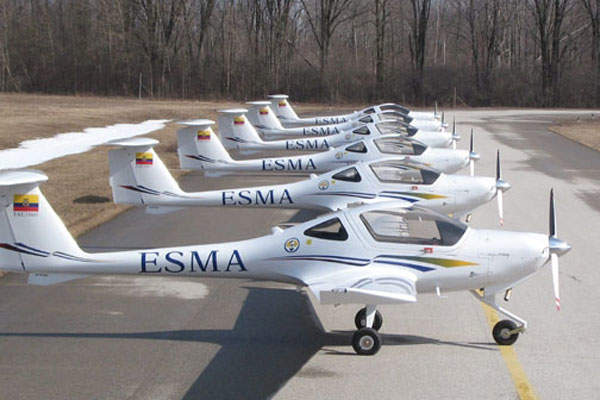
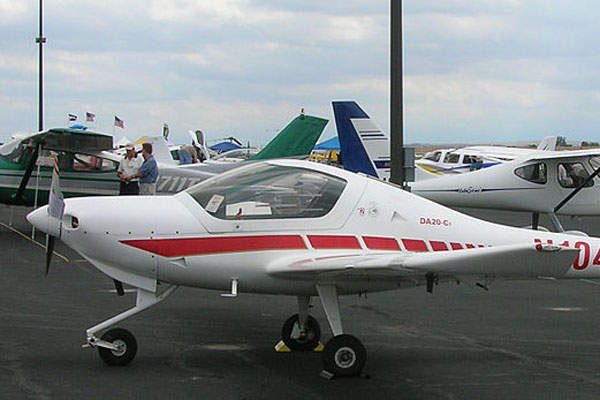
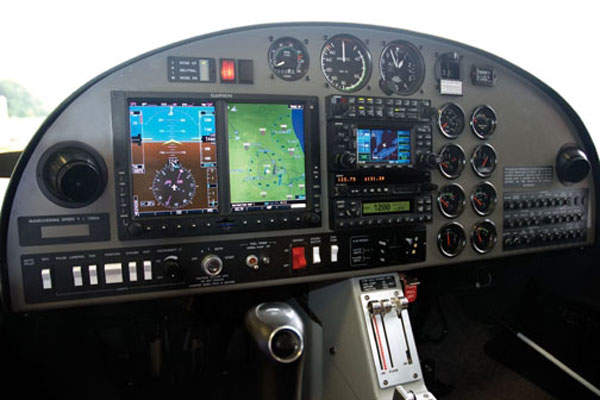
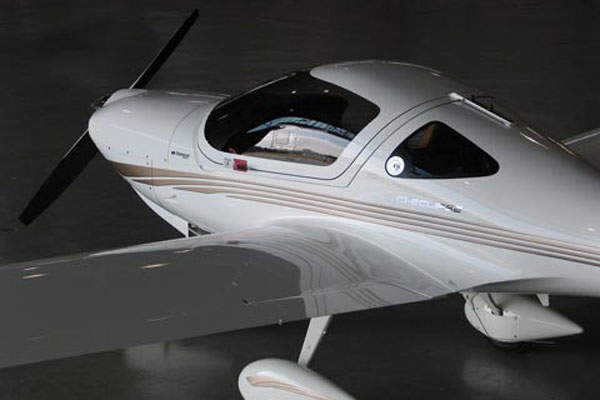

.gif)